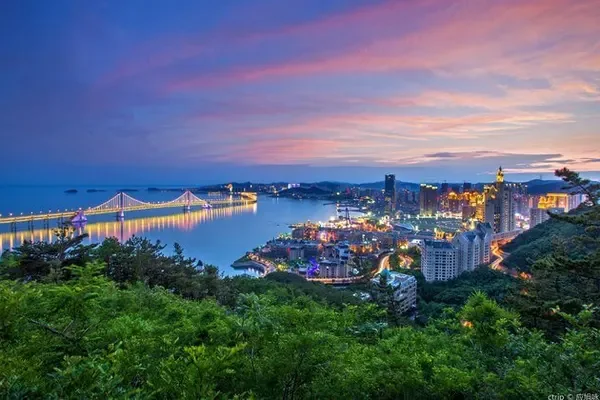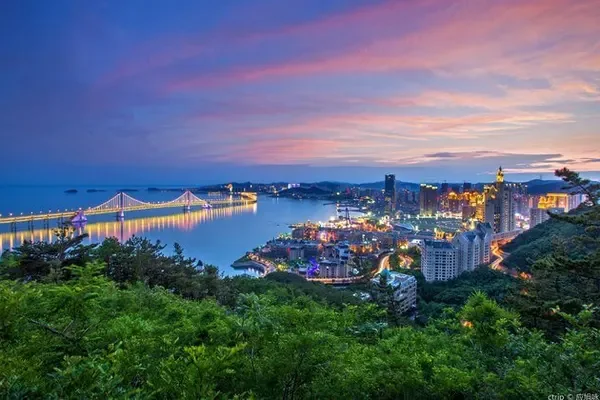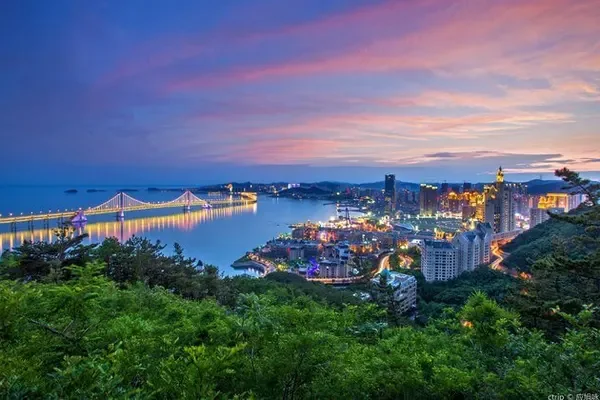In Derge, a land rich in humanities and history
There is such a drama
Under the snow-capped mountains, take a corner of the grassland or a monastery village as the stage
Deduce the historical memory of Dege people
It has evolved into the intangible cultural heritage of mankind for thousands of years
This traditional way of opera is called Tibetan opera
In Tibetan opera, acting skills are the wonderful track of history
Life is the legend of immortal culture
Dege is known as the birthplace of Kham culture. The "Epic of Gesar" endowed her with magical and rich cultural and historical connotations of the Tibetan people. There is the world-renowned Dege Sutra Printing House, and the simple and solemn Babang, Gengqing, Zhu Ancient and famous temples such as Qingqing, Xieqing, Dingqing, Ezhi and Dzongsa cast a mysterious veil on her. On this magical land with a radius of 11,955 square kilometers, there are outstanding people, natural landscapes and ethnic cultural landscapes. There are countless treasures buried under dozens of towering snow peaks and dozens of mountains and rivers in the Shaluli Mountains. The Tibetan opera "Biography of King Gesar in Ling" is like a piece of unpolished amber scattered on the grassland of Zhuqing Grassland. With its unique artistic charm, Dege Tibetan Opera has become an outstanding representative of Chinese opera with national, regional and mass characteristics. It was listed in the World Intangible Cultural Heritage List in 2009.
Gesar Tibetan Opera at Zhuqing Temple in Dege County is mainly composed of plays such as "Racing the Horse", "Dao Ri Luo Jie", "Pujin Pu Liudu Rank" and "Longda". In addition to "Horse Race to the Throne", "The Legend of the King" mainly includes "Thirty Generals of the Ling Kingdom", "King Gesar, Commander of the Ling Kingdom, Seven Warriors, and Thirteen Ling Princesses" and "Ling, King Gesar and Princess It is composed of Zhumu and Thirteen Kinds of Fearing Horse God of War, Harrier, Eagle, Wolf and other repertoires. There can be up to 104 actors in the performance of "King Gesar's Biography". The pain and troubles in the world, I wish rich wealth, abundant grains, peace and harmony, etc.
Most of the costumes in the play are that King Gesar wears a golden satin robe and a crown on his head; Body box (Buddha), sword, sword, hada and other props, and animal masks are also used in specific plays such as "Longda". The masks used include 22 kinds of animal masks such as lions, deer, cranes, leopards, bears, eagles, and tigers. . Most of the masks are made of wood, clay and other materials, and then made by modeling, carving, painting and embroidery, most of which are realistic techniques.
A major feature of Zhuqing's "Biography of King Gesar of Ling Gesar" is that it dances and sings to the songs at the same time, while the repertoires of other temples are only dances and do not sing to the songs. Tibetan opera is the crystallization of the wisdom of the Tibetan people. It has the comprehensive artistic characteristics of "multiple integration" in structure. , these artistic traditions are integrated in the artist's rap, just right. (See "Tibet Studies" 1991.4 issue of Guo Jinyuan's "Ling Gesar" epic Tibetan opera culture). It became the hometown of Tibetan opera in Zhuqing's "Biography of King Gesar Ling".
Dege Tibetan Opera has always retained and developed a set of the oldest, most traditional, most complete and most ethnic mask costumes. So far, there are three traditional repertoires of Dege Gengqing Tibetan Opera: "Nuosang Dharma King", "Hareba" and "Jiaqiang". There are less masks required in the performances of these three repertoires, about 10 kinds.
During the performance, the artists who play different roles wear different masks to convey the personalities of different characters - Ram is beautiful and kind, Rakshasa is fearful and ferocious, Dharma King is solemn and respectable, and heroes are brave and fearless... The faces of the masks are in the To a large extent, it reflects the character traits of characters with different identities, helping the audience understand complex storylines with different cultural backgrounds.
Inherited for thousands of years, Dege Tibetan Opera has always retained its traditional classic repertoire without any changes. Its form of performance has not changed much. In recent years, the local area has paid attention to the protection and inheritance of culture. Dege Tibetan Opera seems to be growing against the times. It still pursues retro and preserves tradition as its unique artistic personality.
Tips for winter travel:
"Jade is the heart, the dragon is the incline, and Latso is the sacred lake. According to legend, the hero Gesar's concubine Zhumu in the famous Tibetan epic "The Legend of King Gesar" came to the lake and was attracted by the beautiful lake and mountains and the quiet environment. Attracted, wandering around the lake and forgetting to return, her heart of nostalgia for the beautiful rivers and mountains still sinks in the bottom of the sea. In order to commemorate Zhumu, later generations named it Yulong Lacuo
![[Deep Journey to Ganzi. Dege Chapter] Intangible Cultural Heritage under the Snow Mountain - Dege Tibetan Opera](https://www.anyonetrip.com/uploads/202412/05/65fadc4e76c4ddc8.webp)


